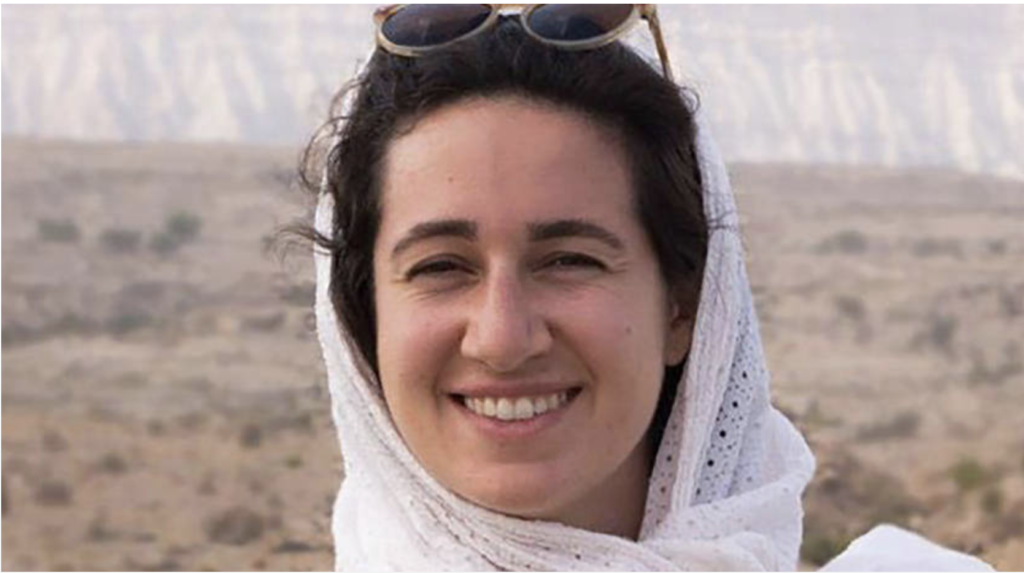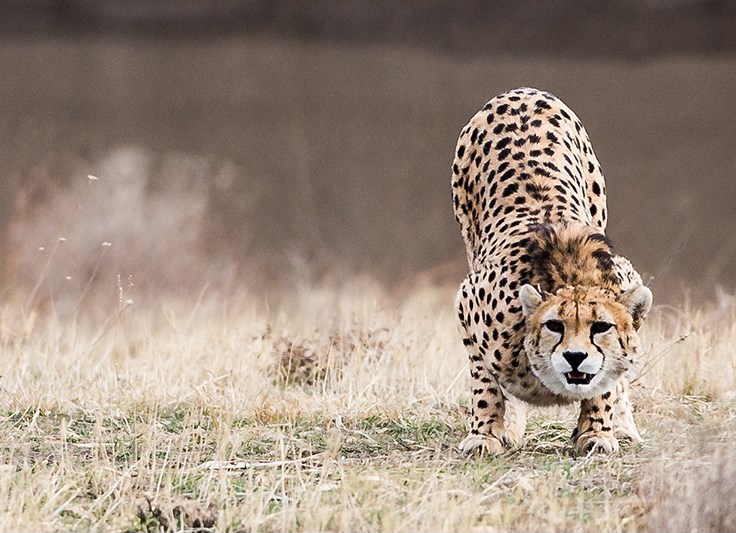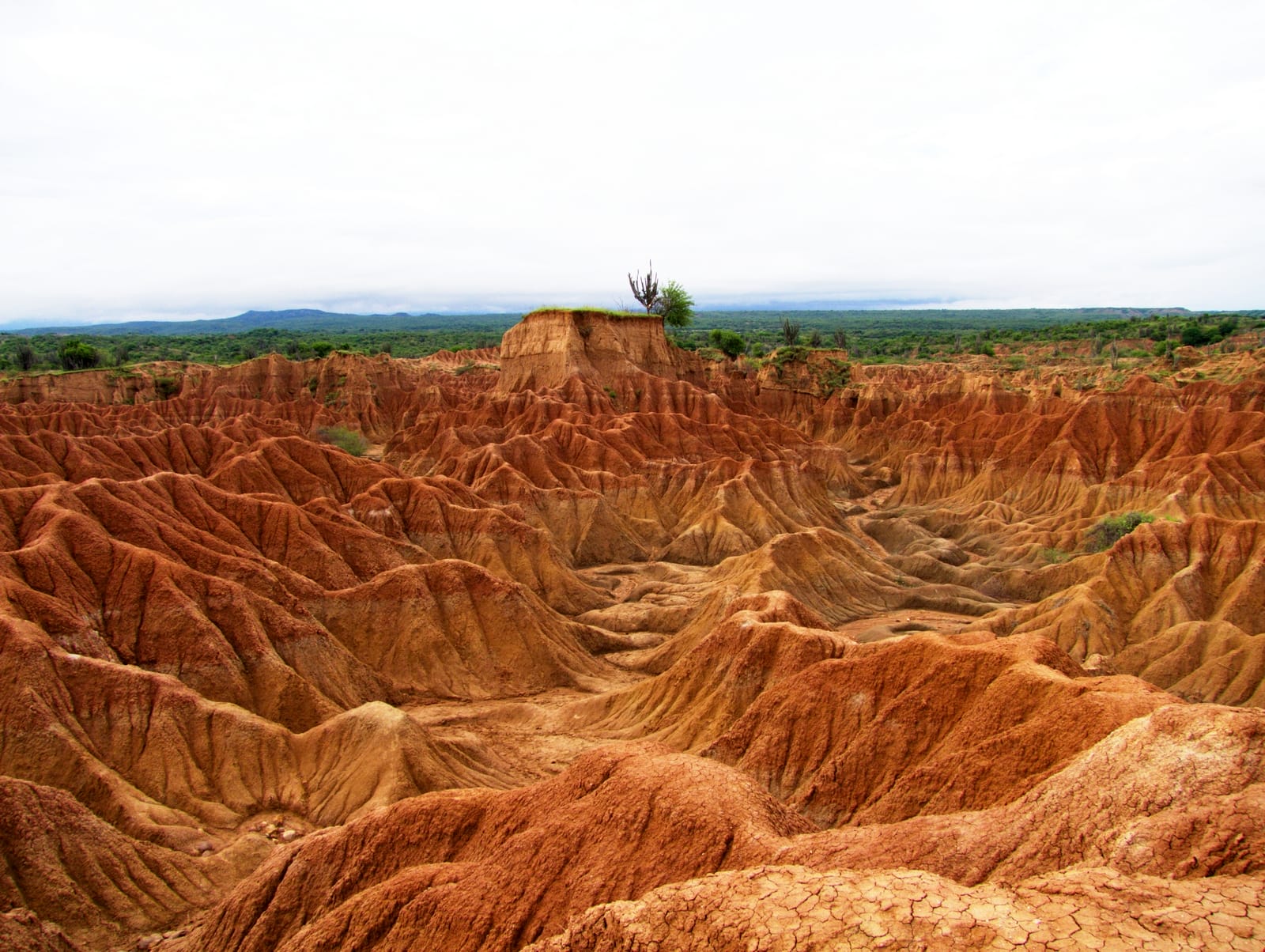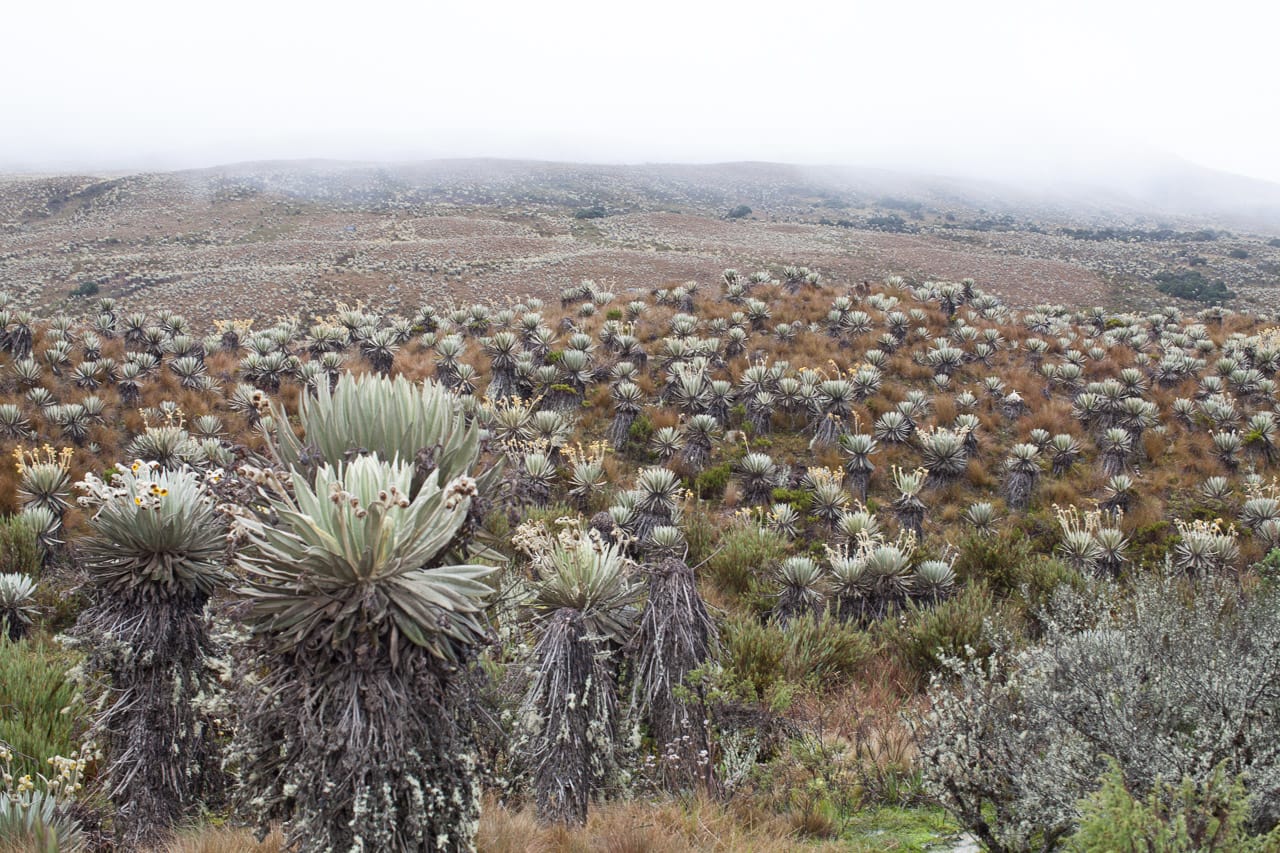
They came for Niloufar more than a year ago.
On
24th and 25th January 2018, Niloufar Bayani, a former
colleague of mine at UN Environment, was arrested in Tehran along with eight of
her colleagues. They all worked for the Persian Wildlife Heritage Foundation (PWHF),
a respected Iranian environmental group working to monitor and conserve highly endangered
species in Iran, such as the Asiatic cheetah. The authorities seem to have
interpreted the common conservation practice of laying camera traps to monitor
wildlife as evidence of espionage.
Within two weeks, one of those arrested, Kavous Seyed Emami, the director of PWHF, was found dead in Tehran’s notorious Evin prison. The rest of the group have been held in dire conditions in prison ever since. They have been denied regular access to lawyers, forbidden from contacting their families, and been subjected to extreme stress and psychological torture. Four of the eight, including Niloufar, now face the possibility of execution for “sowing corruption on Earth”, with the final judgement due to be handed down soon.
The
idea that Niloufar could be a spy is utterly preposterous, as anyone who has
ever worked with her and knows her motivations will attest. Indeed a fact-finding committee of Iranian government
ministers who examined the case in May 2018 found no evidence of spying. But she
and her colleagues are still in captivity.
Niloufar,
who trained in the US and Canada, is a dedicated, brilliant conservationist
whose passion for the natural world is infectious. She worked with UN
Environment in places as diverse as Haiti, Cote d’Ivoire, Sri Lanka and the
Democratic Republic of Congo before choosing to return to Iran in 2017 to work
to protect the unique landscapes and wildlife of her homeland.
When
Niloufar was arrested there were some frantic ‘backchannel’ efforts to find out
what she and her colleagues had been arrested for, and to try to convince the
authorities to give them a fair trial. But it took a full 11 months for the
environmental community to start kicking up a fuss about the arrests. It was
only in November 2018 that a joint letter was sent by more than 330
environmentalists and academics to the Iranian government expressing deep
concern over the treatment of the Niloufar and her colleagues.
This story begs two questions: Why are environmentalists the target of such action? And how can the environmental community get better at defending their own?

Niloufar’s case is part of a wider story of environmentalists and conservationists paying a huge personal price for their work to defend land, water and wildlife. Over 150 countries have recognised some form of a right to a healthy, clean environment. As such, environmental defenders are fighting for all of our rights.
Between 2016 and 2018 The Guardian, with the support of Global Witness and UN Environment, tracked murders of environmental defenders.
Every year, more than 150 environmental defenders are killed because of their work. One of the few of these cases to hit the headlines was the 2016 assassination in Honduras of Berta Cáceres. Berta was an indigenous activist and 2015 winner of the prestigious Goldman Environmental prize for leading a grassroots campaign that led the world’s largest dam builder to pull out of the Agua Zarca Dam in western Honduras.
For
every environmental defender that is murdered, many more, like Niloufar, face a
terrifying range of intimidation, threats and repression. Just last week, the
UN Human Rights Council expressed alarm at “the increasing
rate of killings, violent acts, including gender-based violence, threats,
harassment, intimidation, smear campaigns, criminalization, judicial
harassment, forced eviction and displacement of environmental human rights
defenders”.
In
Iran, Niloufar’s arrest was part of a wider crackdown in which 7,000 people were
arrested in 2018, of whom 63 were environmental activists, according to a report by Amnesty International.
Their arrest seems to be part of an attempt to scare civil society
organisations, especially those receiving foreign funding, away from any
activities that might be politically sensitive.
Niloufar
and her colleagues seem to be held hostage, quite literally, to deeper internal
political tussles in Iran. They are pawns in a wider battle between the
reactionary and modernist wings of the Iranian government. They may also have
been held as a reaction to anti-regime statements made by the co-founder of
Panthera, a US-based occasional partner of PWHF.
Environmental
activists often know full well the risks they are taking. Berta Cáceres, for
example, had received death threats for years. But—and this is in no way meant
as a criticism—committed environmentalists can also be somewhat naïve about the
wider political ramifications, and the dangers, of their work.

At its core, protecting the environment is an expression of power – conserving an area involves removing it from possible use as a mine or a dam site, protecting a forest denies revenue to timber companies and so on. As such conservation can threaten the direct interests of some powerful, dangerous people. In essence, environmental action is not apolitical: It is not just about birds, butterflies and biodiversity.
However,
when it comes to protecting environmental defenders the ‘environmental
community’ (by which I mean academics, the UN and NGOs) are rarely capable of
playing, or even understanding, this sort of hard-ball politics. They don’t
know how to put pressure on governments, and often don’t have the stomach for
it. Maybe they’re worried about offending a member state and losing their
‘license to operate’; maybe their frame of reference doesn’t have that much
space for human rights; maybe they just don’t know what to do. But the result is
often that environmental organisations bury their heads in the sand rather than
speak truth to power.
To
be fair, there has been some progress. UN Environment released its policy on
protecting environmental defenders at the third UN Environment
Assembly in December 2017. This policy commits UN
Environment to denounce attacks, advocate for the better protection of
environment rights and the people who stand up for them, support the
responsible management of natural resources and protected areas, request accountability
from governments and companies where defenders have been repressed or murdered.
But a policy is only as good as its implementation, which remains to be
seen.
Meanwhile,
just last week on 22 March the UN Human Rights Council agreed a resolution recognising the contribution
of environmental human rights defenders as a way to urge member states to take
more seriously their responsibilities to protect those who fight for the
continued viability of life on this planet.
Individuals
are taking huge personal risks to protect our common natural heritage. It is
incumbent on us all to do whatever we can to support them. The environmental
community needs to step up, to have the courage of its convictions and find all
possible levers to ensure that these environmental defenders are not fighting
their battles alone.
As
Fatima Babu, an environmental defender in India fighting a 24-year campaign
against a copper smelter, told the Guardian, “Something is happening in
the world. Activists are being branded as terrorists. This phenomenon of
destroying people and the planet for profit is not just happening in India.
It’s across the globe. We need to come together for future generations.”
* * * * *
If
you’d like to help spread the word about Niloufar and her colleagues please
visit and share this campaign page set up by her friends: http://www.niloufarbayani.com/
And please sign this petition calling for her release: https://www.thepetitionsite.com/626/639/055/conservationists-face-death-penalty-in-iran/
* * * * *



